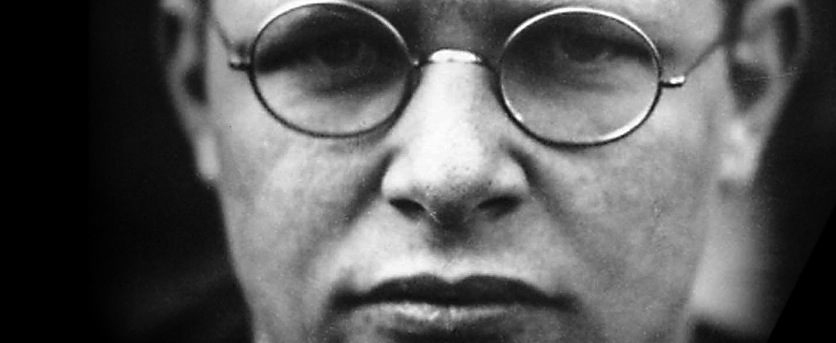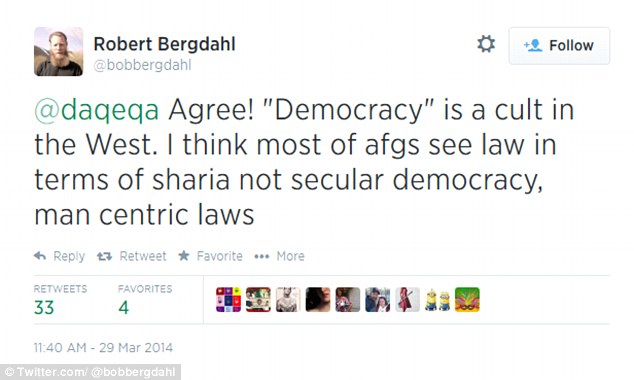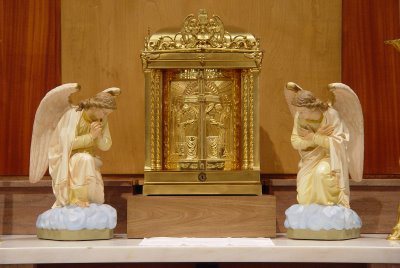Remember Dr. Seuss’ story, The 500 Hats of Bartholomew Cubbins? Whenever Bartholomew took off one hat, another appeared beneath it.
Well, the fictional Cubbins has nothing on the real-life Monica Hesse. She covered the two-day International Conference on Men’s Issues near Detroit for the Washington Post. And in her writeup, she constantly switched hats: sometimes narrator, sometimes editorial writer, sometimes judge and jury.
Although this is supposed to be straight coverage — it’s not marked as commentary or opinion — attitude glares from the very headline: “Men’s rights activists, gathering to discuss all the ways society has done them wrong.” At least it’s accurate for an article that veers from scornful to sympathetic to clinically detached to argumentative.
Hesse paints the 200 men at the conference as self-absorbed, playing victim while ignoring actual violence against women. She mentions the current discussion at the White House on sexual assault, plus the shootings in California by the young man who felt spurned by women. Meanwhile, at the men’s conference:
… there was a parallel discussion of gender issues: Men, attendees believed, were the ones under threat of attack. This conference was their response, their rallying call to action.
“Men are second-class citizens,” said Gary Costanza, a pleasant gray-haired man from Long Island. He was particularly interested in divorce issues, saying that custody should always be split and financial child support should not exist. He just wanted the same rights as everyone else.
That’s all any of them said they wanted. The same rights as the “privileged women,” as various attendees described the female gender. The entitled, increasingly “narcissistic women.” That’s all.
She flirts with the usual stereotypes of meetings about which liberals disapprove. She describes the early arrivers as “a wispy trail of men — mostly white, college-through-retirement-age.” Another interviewee is a “pleasant gray-haired man from Long Island.” Interestingly, the two women she quotes are spared any physical descriptions.














